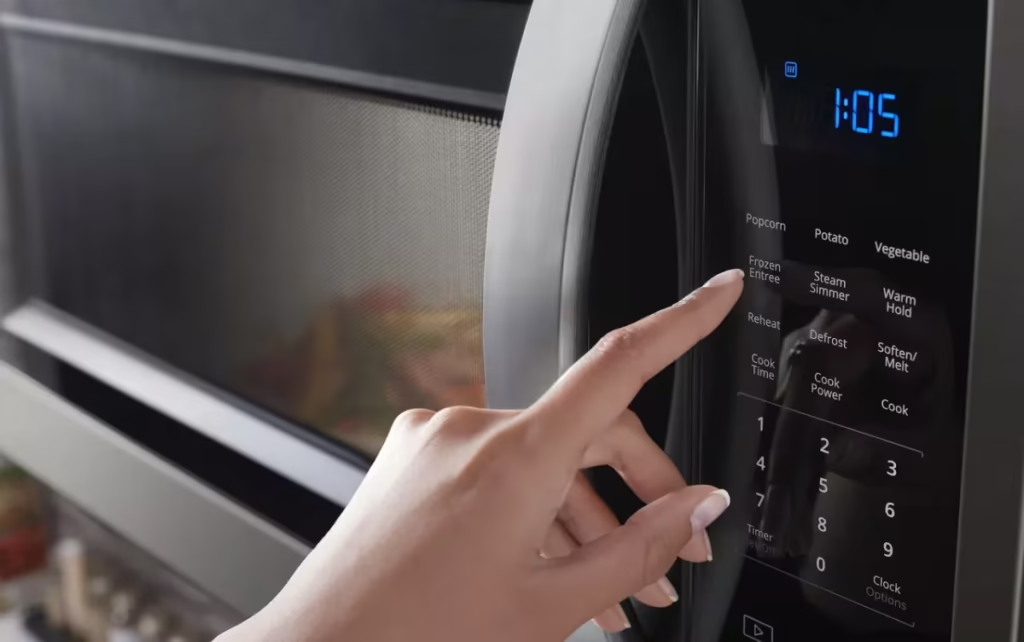Microwaves are among the most convenient kitchen appliances, but when they suddenly stop heating food, frustration quickly sets in. You might hear the familiar hum, see the light turn on, and the turntable spin — yet your leftovers remain ice cold. What gives? This article explores the most common reasons why a microwave stops heating and provides practical advice on how to diagnose and fix the issue.
Understanding How a Microwave Heats Food
Before diving into possible causes, it’s helpful to understand how a microwave works. Microwaves use a component called a magnetron to produce high-frequency radio waves. These waves excite water molecules in food, generating heat from the inside out. If the magnetron or any related component fails, the microwave may appear functional but won’t actually heat.
Common Reasons a Microwave Is Not Heating
1. Faulty Magnetron
The magnetron is the core of the microwave’s heating function. If it burns out, the microwave won’t generate the electromagnetic waves needed to heat food. Replacing a magnetron is often cost-prohibitive in older units.
2. Blown High-Voltage Diode
This component works with the capacitor to power the magnetron. A damaged diode can prevent the magnetron from receiving the necessary voltage, resulting in a microwave that runs but doesn’t heat.
3. Defective Door Switch
Microwaves are designed not to operate if the door isn’t securely closed. A faulty door switch might trick the microwave into thinking the door is open, stopping it from activating the magnetron.
4. Malfunctioning Capacitor
The high-voltage capacitor stores energy that powers the magnetron. If it fails, heating will stop altogether. It’s also one of the more dangerous components to test, as it can retain a charge even after unplugging the unit.
5. Burned-Out Thermal Fuse or Thermoprotector
These are safety devices that cut power if the microwave overheats. Once blown, they often require replacement to restore normal operation.
6. Control Board Failure
Though less common, the control board that sends signals to other components may become defective. Symptoms include inconsistent behavior or total failure to heat despite all other systems seeming fine.
How to Troubleshoot a Non-Heating Microwave
Step 1: Unplug and Inspect Visually
Always unplug the appliance first. Look for visible damage like burnt wires or blown fuses.
Step 2: Test Door Latch and Switches
Ensure the door closes properly and check if the latch clicks. If it feels loose or unresponsive, the issue may lie there.
Step 3: Use a Multimeter (if experienced)
You can use a multimeter to test continuity in components like the diode, capacitor, and magnetron. However, these parts can be dangerous to handle without proper knowledge.
Step 4: Check the Control Panel for Error Codes
Some modern microwaves display error codes which can help narrow down the problem.
When to Call a Professional
If you’re not experienced in electronics or if the issue involves high-voltage parts like the magnetron or capacitor, it’s safest to contact a licensed repair technician. Attempting DIY repairs on these components can pose serious safety risks.
Prevention Tips to Avoid Future Issues
- Avoid running the microwave empty.
- Use microwave-safe containers only.
- Keep the interior clean to prevent food buildup.
- Let the unit cool between large heating cycles.
Conclusion
A microwave that stops heating is a common yet solvable issue. From a worn-out magnetron to a simple door switch failure, many causes can be identified with basic troubleshooting. For complex repairs, professional service is often the best route — especially when safety is a concern. Knowing what to look for can save time, money, and the inconvenience of cold meals.

